Tannins: A possible answer to microplastic pollution?
Envirotec Magazine
AUGUST 21, 2023
Scientists at UBC’s BioProducts Institute find that if you add tannins to a layer of wood dust, you can create a filter that traps virtually all microplastic particles present in water, according to recently reported research. When tested in mouse models, the process was proved to prevent the accumulation of microplastics in the organs.



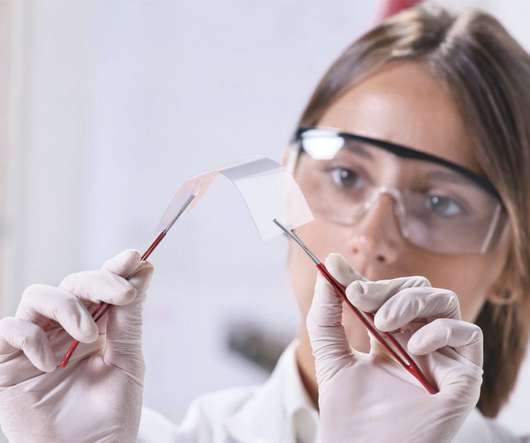
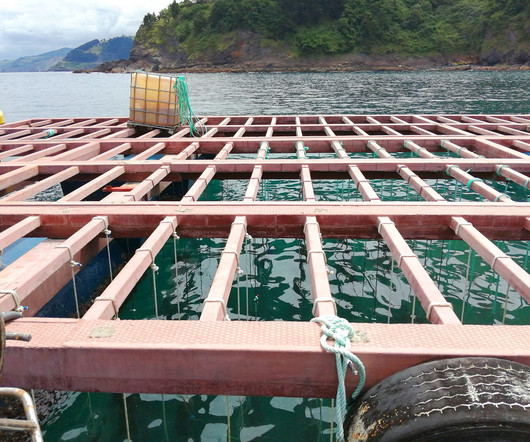
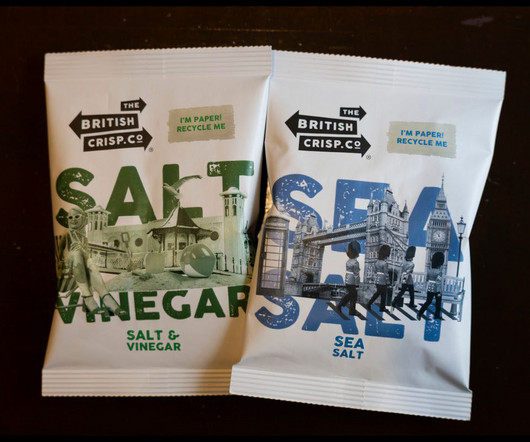

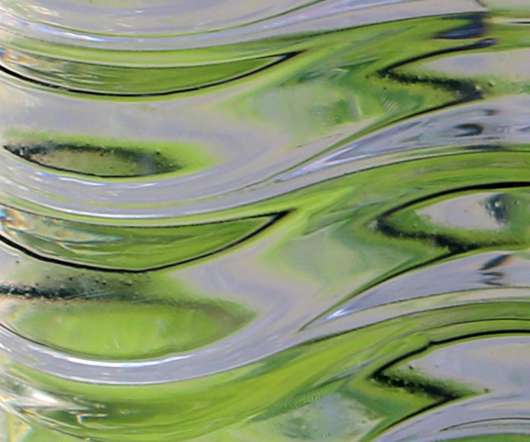
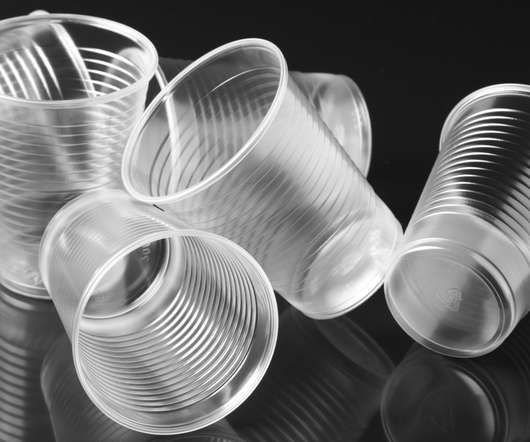
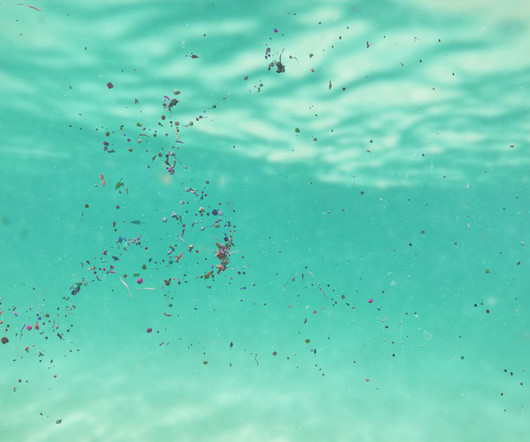








Let's personalize your content